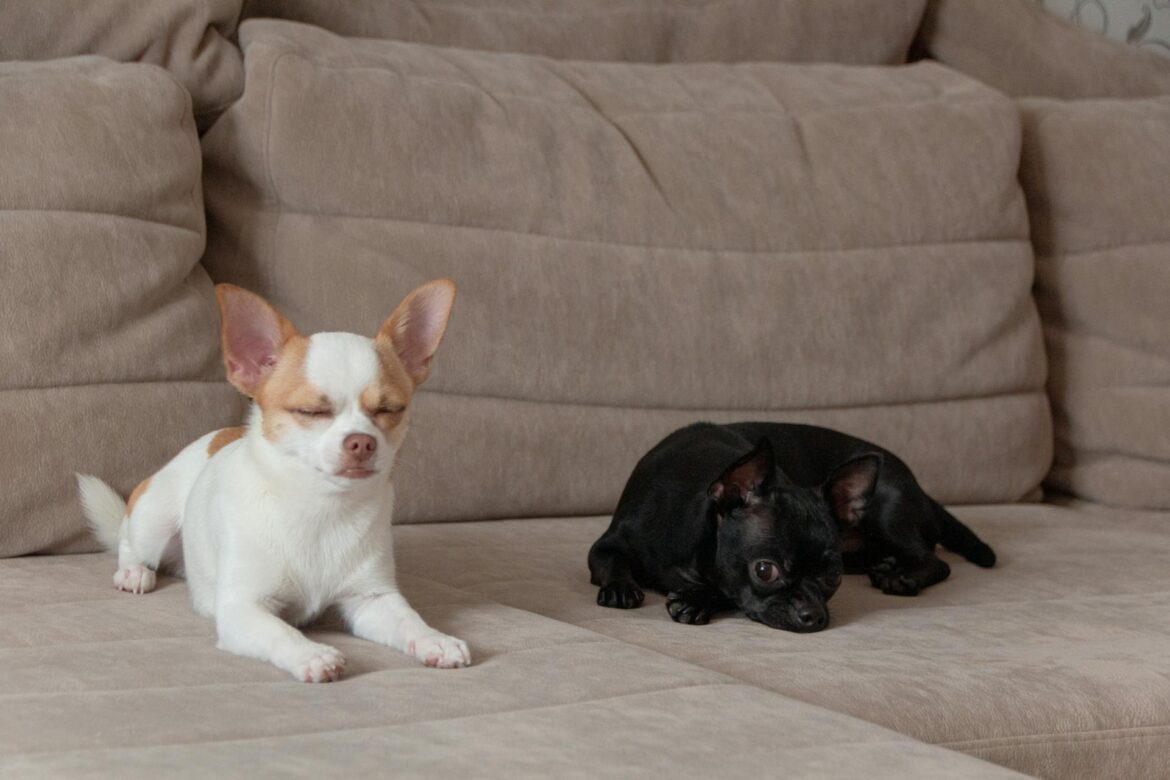If you’re considering getting a dog but are worried about allergies or grooming, hairless dog breeds can be a great option. These unique pups come with many benefits, including lower maintenance needs and a distinct look that many people love. In this article, we will explore five popular hairless dog breeds, discussing their characteristics, care needs, and what makes each breed special.
Table of Contents
ToggleWhy Choose a Hairless Dog?
Hairless dogs are an intriguing choice for pet owners. Here are a few reasons why you might consider one:
- Allergy-Friendly: Many people who are allergic to dogs are sensitive to the dander and hair that dogs shed. Hairless breeds produce less dander, making them more suitable for allergy sufferers.
- Lower Grooming Needs: Without fur to brush or groom, hairless dogs can save you time and money on grooming products. However, they do still require skin care.
- Unique Appearance: Hairless dogs stand out with their unique looks. They often have smooth skin and striking features that can be very appealing.
- Warmth and Cuddles: Many hairless dogs tend to be warm to the touch, making them great cuddle buddies.
1. American Hairless Terrier
The American Hairless Terrier is a playful and energetic breed that originated in the United States. Here’s what you need to know:

Characteristics:
- Size: Small to medium-sized (about 10-16 inches tall)
- Weight: 10-16 pounds
- Lifespan: 12-16 years
Temperament:
American Hairless Terriers are known for being friendly, intelligent, and lively. They love to play and require regular exercise to keep them happy. They are also great family pets and get along well with children and other pets.
Care:
This breed is relatively easy to care for. They do not require a lot of grooming, but their skin needs attention. Use sunscreen on sunny days to protect their skin, and regularly apply moisturizer to keep their skin healthy.
Learn more about American Hairless Terriers here.
2. Mexican Hairless Dog (Xoloitzcuintli)
The Mexican Hairless Dog, also known as Xoloitzcuintli or Xolo, is one of the oldest dog breeds in the world. Here are its key features:
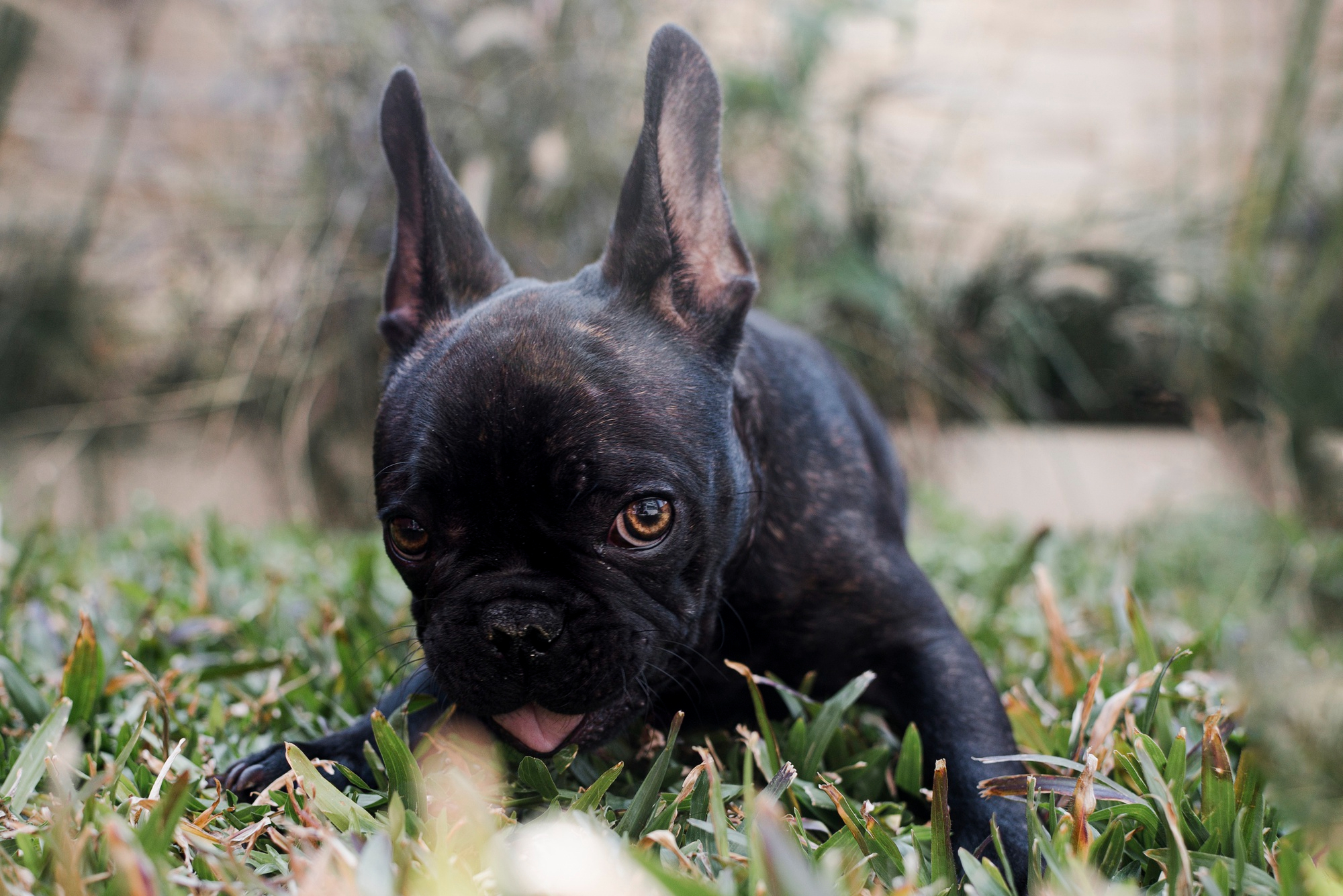
Also Read: 10 Common Guide Dog Breeds: Pictures, Info & Facts
Characteristics:
- Size: Available in three sizes (toy, miniature, and standard)
- Weight: 10-55 pounds, depending on the size
- Lifespan: 12-15 years
Temperament:
Xolos are known for their calm and loyal nature. They can be reserved around strangers but are very affectionate with their families. They also have a unique ability to sense their owner’s emotions.
Care:
While they are low-maintenance in terms of grooming, Xolos have sensitive skin that needs care. They should be protected from extreme weather conditions, and it’s important to keep their skin clean and moisturized.
Discover more about the Mexican Hairless Dog here.
3. Chinese Crested
The Chinese Crested is a charming and playful breed known for its distinct looks. It comes in two varieties: Hairless and Powderpuff (with a soft coat).
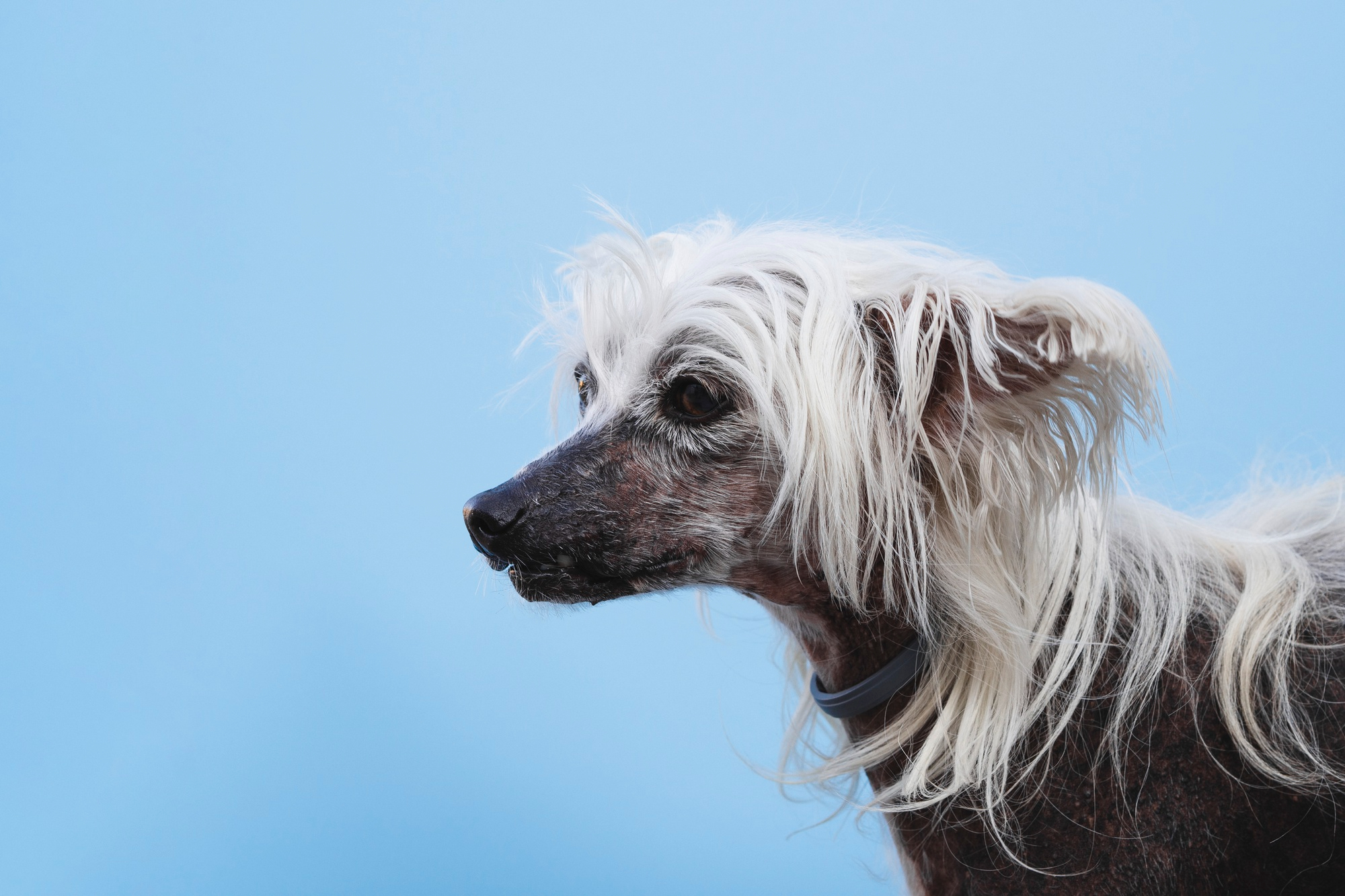
Characteristics:
- Size: Small (about 11-13 inches tall)
- Weight: 8-12 pounds
- Lifespan: 13-18 years
Temperament:
Chinese Cresteds are friendly, alert, and often very affectionate. They bond closely with their owners and enjoy being part of family activities. They can be quite playful and need regular interaction.
Also Read: How to Introduce Dogs to Each Other: A Complete Guide
Care:
The Hairless variety requires skin care to prevent sunburn and irritation. Use sunscreen and moisturizer regularly. The Powderpuff variety will need regular grooming to keep its coat healthy.
Learn more about Chinese Cresteds here.
4. Peruvian Inca Orchid
The Peruvian Inca Orchid is another ancient breed known for its elegant appearance. This breed comes in both hairless and coated varieties.
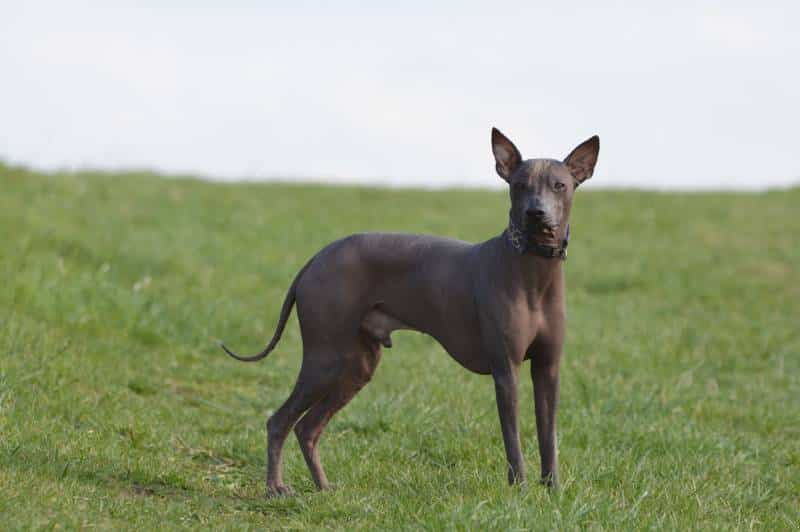
Characteristics:
- Size: Small to medium (about 18-26 inches tall)
- Weight: 30-55 pounds
- Lifespan: 11-14 years
Temperament:
These dogs are known to be gentle, friendly, and intelligent. They are loyal and bond closely with their families. They can be good with children and are often protective of their loved ones.
Care:
Peruvian Inca Orchids require regular skin care, including moisturizing and protection from the sun. They also need regular exercise to stay healthy and happy.
Find out more about Peruvian Inca Orchids here.
5. Dogo Argentino
While not completely hairless, the Dogo Argentino is included for its short coat and minimal grooming needs. It is a large, muscular breed originally developed for big-game hunting.
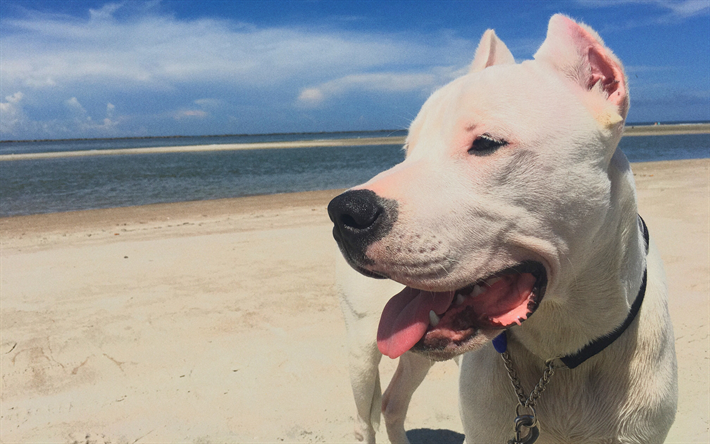
Also Read: So You Want a Dog? 10 Best Breeds for First-Time Dog Owners
Characteristics:
- Size: Large (about 24-30 inches tall)
- Weight: 80-100 pounds
- Lifespan: 10-15 years
Temperament:
Dogo Argentinos are known for their loyalty and courage. They are protective of their families and can be good with children. Early socialization and training are crucial to ensure they are well-behaved.
Care:
They require regular exercise and mental stimulation. While their short coat requires minimal grooming, they benefit from regular baths and skin care, particularly in hot weather.
Learn more about the Dogo Argentino here.
Tips for Caring for Hairless Dog Breeds
- Skin Care: Hairless dogs require regular skin care to prevent dryness and irritation. Use moisturizing lotions and sunblock to protect their sensitive skin.
- Regular Baths: Keep their skin clean by bathing them regularly with a gentle dog shampoo. This helps remove oils and dirt that can build up on their skin.
- Temperature Regulation: Hairless dogs are more sensitive to temperature changes. Keep them warm in cold weather and provide shade and water during hot days.
- Healthy Diet: Ensure they receive a balanced diet appropriate for their breed size and age. Healthy skin is often a result of good nutrition.
- Regular Vet Check-ups: Regular visits to the vet are crucial to monitor their health and skin conditions. Early detection of any issues can help ensure they live a long, healthy life.
Conclusion
Hairless dog breeds can make wonderful companions for those looking for a unique pet with lower grooming needs. They each have distinct personalities, care requirements, and charm that can fit into various lifestyles. Whether you choose an American Hairless Terrier or a Mexican Hairless Dog, you’ll be adding a loving and loyal friend to your family.
If you’re considering adopting a hairless dog, ensure you’re prepared for their specific care needs and enjoy the unique bond that comes with having one of these fascinating breeds.
For more information on dog breeds and care, check out:
By doing your research and understanding their needs, you can create a loving and supportive environment for your new furry friend!
FAQ: 5 Hairless Dog Breeds
1. What are the benefits of owning a hairless dog?
Owning a hairless dog offers several benefits, particularly for individuals with allergies. Hairless breeds tend to produce less dander and shed less fur, making them more suitable for allergy sufferers. Additionally, these dogs often require less grooming since they don’t have fur that needs brushing. Their unique appearance can be a conversation starter, and many owners appreciate the warmth of their skin, making them great cuddle companions. Furthermore, hairless breeds typically form strong bonds with their owners, often being affectionate and loyal.
2. Are hairless dog breeds more prone to skin problems?
Yes, hairless dog breeds can be more prone to skin problems due to their lack of fur, which usually provides a protective barrier against the elements. They may be more susceptible to sunburn, especially in sunny weather, and they often require regular moisturizing to prevent dryness and irritation. Additionally, hairless dogs can develop acne or other skin conditions, so regular vet check-ups and appropriate skincare are essential. Owners should ensure their dog’s skin is clean and free of debris to maintain its health.
3. How do I care for the skin of a hairless dog?
Caring for a hairless dog’s skin involves several important steps:
- Moisturizing: Use a vet-approved moisturizer to keep the skin hydrated. Apply it regularly, especially after bathing.
- Sunscreen: Protect their skin from sun exposure by applying pet-safe sunscreen during sunny outings, particularly on exposed areas like the nose and ears.
- Regular Bathing: Bathe them with a gentle, moisturizing dog shampoo to remove excess oils and dirt, ensuring you rinse thoroughly to avoid residue.
- Monitoring: Keep an eye out for any unusual bumps, redness, or irritations on the skin and consult your vet if you notice any changes.
4. Do hairless dogs require special diets?
Hairless dogs do not require a fundamentally different diet compared to other dog breeds; however, a high-quality, well-balanced diet is crucial for maintaining healthy skin and overall well-being. Look for foods that are rich in essential fatty acids, as these can promote healthy skin and a shiny coat (even if it’s hairless). It’s always a good idea to consult with your veterinarian regarding the best dietary options for your specific breed and the dog’s individual health needs.
5. How do hairless dog breeds interact with children and other pets?
Hairless dog breeds generally have friendly and affectionate temperaments, which often makes them good companions for children and other pets. However, early socialization is key. Exposing them to different environments, people, and other animals from a young age will help them become well-adjusted adults. Supervision is important, especially with younger children, as hairless dogs may have sensitive skin that could be inadvertently harmed during rough play. As always, each dog’s personality will vary, so it’s essential to observe interactions and ensure everyone is comfortable.
6. How much exercise do hairless dog breeds need?
The exercise requirements for hairless dog breeds can vary by breed. For example, the American Hairless Terrier is an active breed that requires regular exercise to stay healthy and mentally stimulated. Generally, hairless dogs should have daily walks and playtime, ideally ranging from 30 minutes to an hour of physical activity each day. This helps prevent obesity, boredom, and behavioral issues. Always tailor the exercise routine to your dog’s age, energy level, and overall health.
7. Can hairless dogs be kept indoors, or do they need outdoor space?
Hairless dogs can adapt well to indoor living, making them suitable for apartment dwellers and those without large outdoor spaces. However, they still need regular exercise and mental stimulation to stay happy and healthy. Daily walks, interactive play, and opportunities to explore are essential. Creating a safe, comfortable indoor environment with designated play areas, toys, and cozy spots for relaxation is crucial for their well-being. Just ensure that they have a secure, warm place to retreat to when they need downtime.
8. Are hairless dog breeds hypoallergenic?
While hairless dog breeds are often considered hypoallergenic due to their reduced shedding and dander, it’s important to note that no dog is completely free of allergens. People with dog allergies may react to proteins found in a dog’s saliva, urine, and skin. Therefore, while hairless breeds may be a better option for those with allergies, individual reactions can still vary. It’s always a good idea to spend time with a breed before bringing one home to see how your allergies react.
9. What are the grooming needs for hairless dog breeds?
Hairless dog breeds require different grooming compared to their furrier counterparts. While they don’t need regular brushing, they do require consistent skincare, including:
- Regular baths to maintain skin health.
- Moisturizers to prevent dryness and irritation.
- Regular checks for skin conditions or irritations.
- Cleaning of any skin folds to prevent infections. While grooming is minimal in terms of brushing fur, it is crucial to be diligent about their skin care.
10. What are the common health issues associated with hairless dog breeds?
Hairless dog breeds can be susceptible to certain health issues, including skin conditions, allergies, and dental problems. Their lack of fur means they can experience sunburn, acne, and skin irritations, so regular skin care is essential. Additionally, some hairless breeds may have genetic conditions related to their breeding. Regular veterinary check-ups are important for early detection and treatment of potential health issues. Responsible breeding practices can also help minimize health risks.
